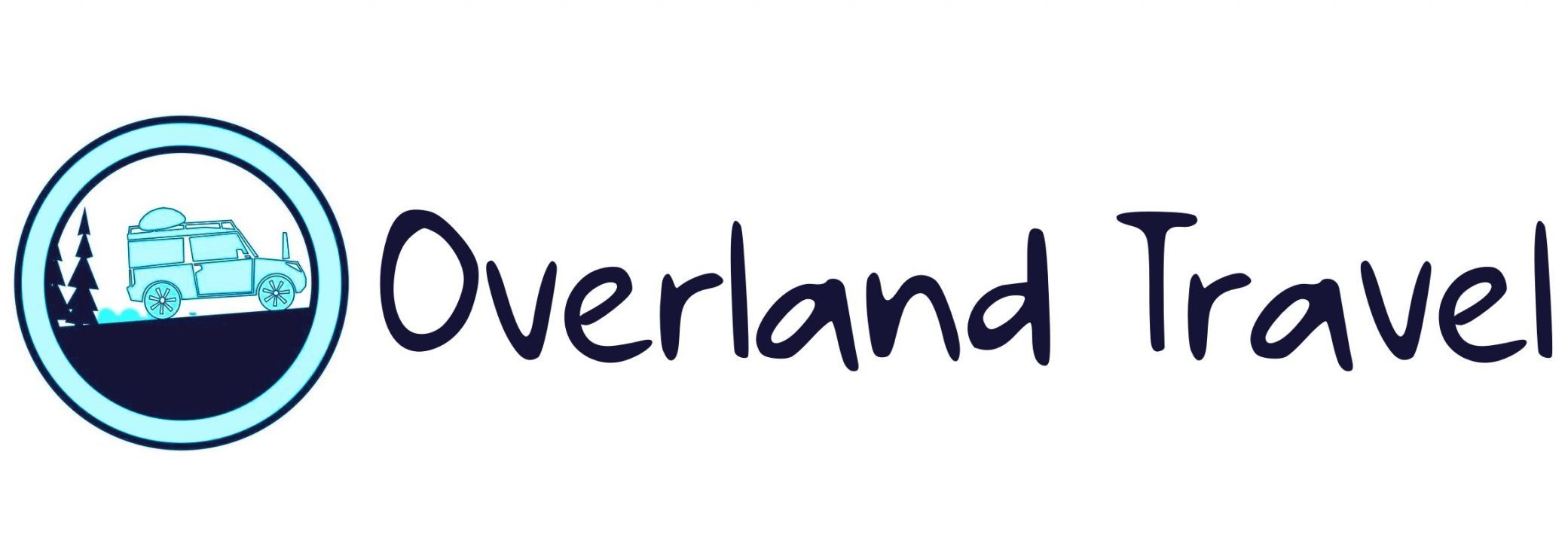Poland
Krakow has so much to offer that we choose to spend a few days in the area.
You can hardly say Krakow without also thinking of Auschwitz-Birkenau. A piece of heavy world history lies here. We can't just drive around that. The Poles thought it was important to tell history so that it does not repeat itself. They also don't want to make money from it, so there is free entry.
We immediately notice the gloomy atmosphere when we enter through the large iconic entrance gate with the train tracks. It's not really because it's gloomy.
It is just everything that has happened in this area, which we know from history lessons and documentary programmes, now we are here ourselves.

To hide the reality of the horrors, the Germans blew up the gas chambers. So now only ruins remain. However, it is still possible to see some of the corridors where the prisoners were taken down to the gas chamber.

The large halls and buildings where people lived and worked still stand. Here are records and pictures from the time when there was a concentration camp. It's a bit of a lump in the throat as we walk around and look.
We also notice several priests walking around. They say that it is part of their education to go to Auschwitz so that they do not forget history.
When Auschwitz became too small, Auschwitz II (also called Birkenau) is put into use. This is where the industry itself had to run from, that is, the area with the many wooden barracks and the train tracks - which are now so notorious.
It is in Auschwitz that the famous sign "Arbeit macht frei" hangs.

The double barbed wire fence is well preserved, and pictures from that time hang around reminding us of what it was like.

Between the buildings, a group of young Israelis walk around, wrapped in their flag. It leaves a strong impression on us.

The buildings are well preserved and in the exhibition there are also large containers with e.g. shoes taken from the Jews before they were to be gassed. It really puts things into perspective when you see all the boxes of glasses, clothes, shoes and other belongings.
Outside you can even see a wall with bullet holes in it, those who were to be executed by firing squad came out here. There are also plaques with the names of the executed people. It is a violent experience, but we are happy to have been there and seen it with our own eyes.
It's a day that leaves its mark, so now we want to try something more cheerful and drive to the Polish highlands. At the border with Slovakia, lies the Dunajec river and here you can sail on a raft.
We had read an article from home about someone who had tried it - it looked very fun and entertaining. So if at some point we got to those edges, it was something we wanted to try.
However, the GPS has a great time and chooses to give us some extra experiences that we would never have had on our own. After a bit of driving around, we find the place where the rafts sail from. There is even a good monitored parking space here, where we can safely leave our car.
We buy ourselves a place on the raft and then the trip goes down the river. It is quiet and calm and the weather is with us. We float calmly with the current and we are lucky enough to see a black stork.

There will be pleasant conversation and we will sail through the Pieniny gorge and see the beautiful limestone cliffs. In some places the current takes hold, but the guide has taken the trip many times and gets us easily past the large rocks.
The mobile phone constantly switches between saying "welcome to Slovakia" and "welcome to Poland" as we sail down the river. It really is borderland.

At the end of the river, there is collection and collection by bus.
The bus takes us back to the starting point, then it's time for a bite to eat.
On this trip, we drive quickly through Slovakia, as we also have to maintain a certain speed to get to Romania.






